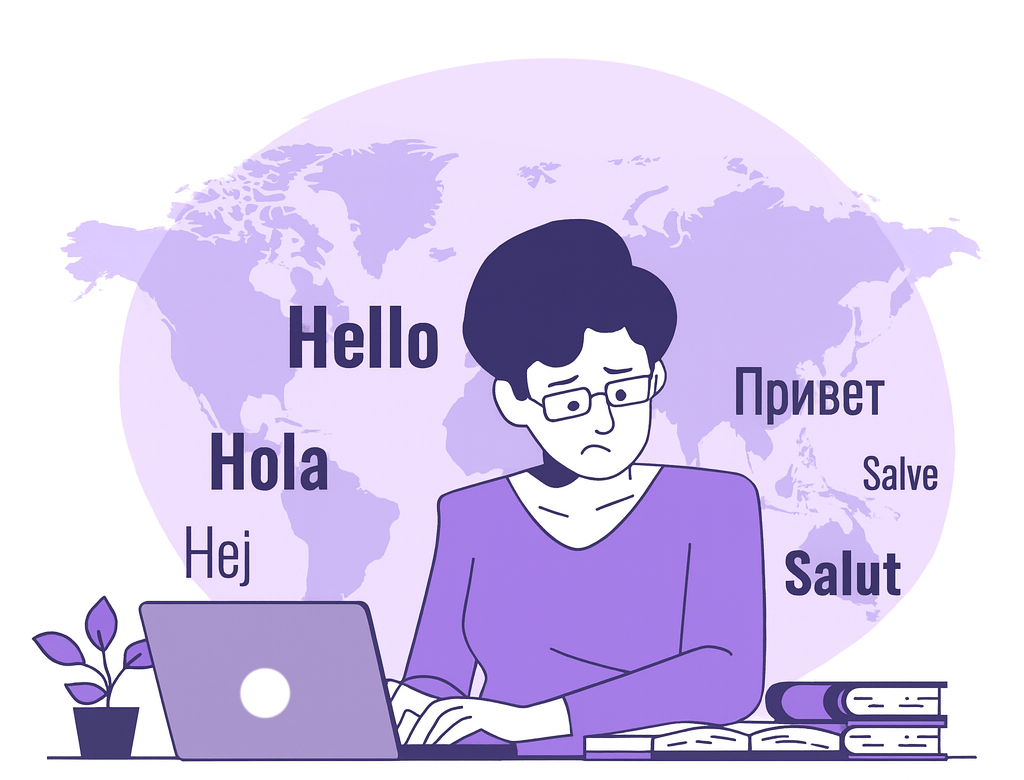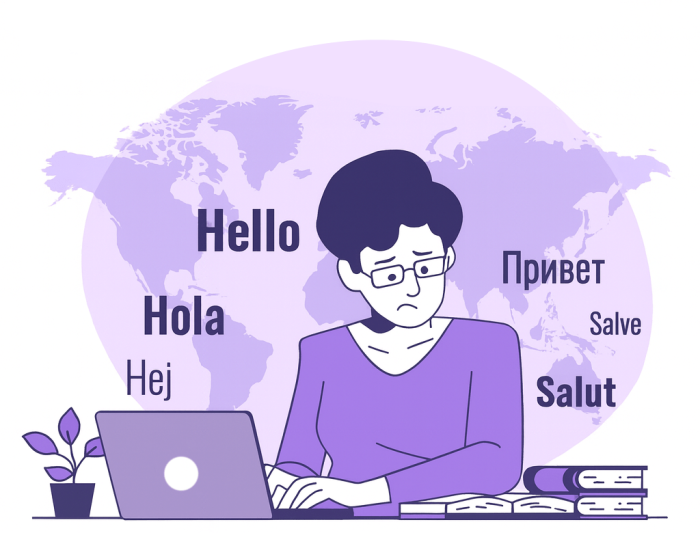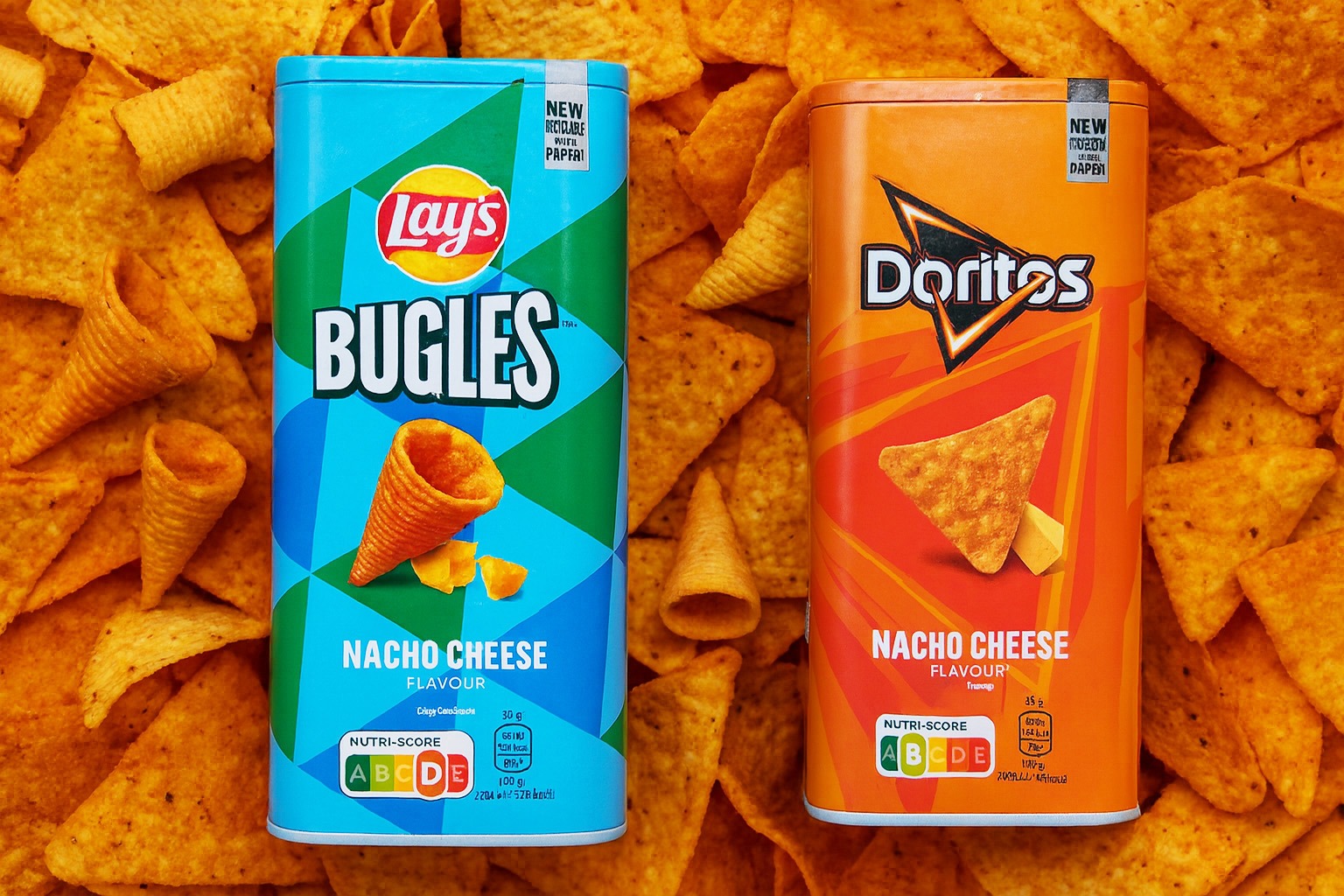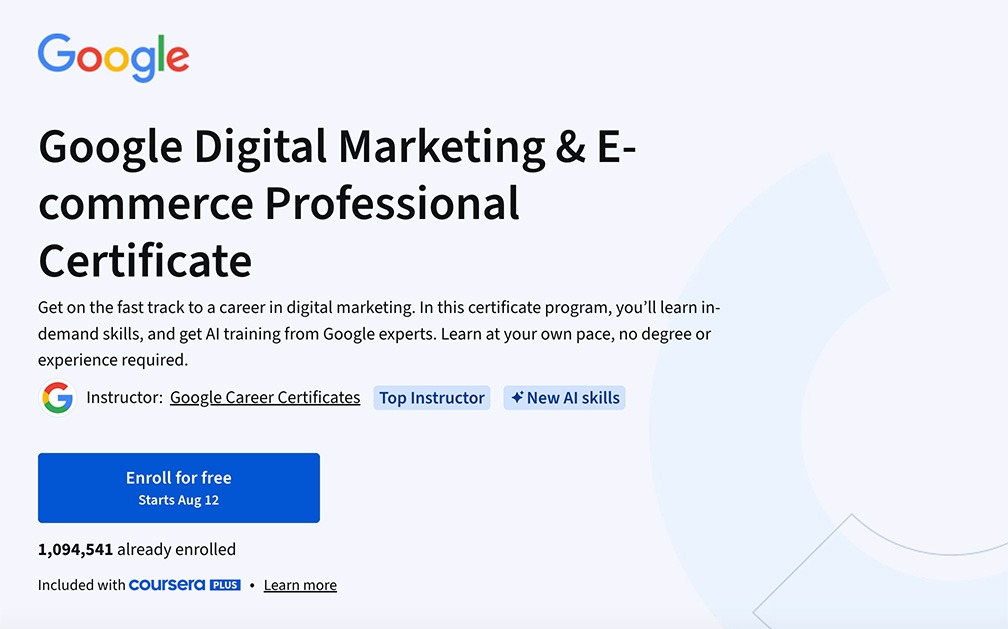Part 1: Why machine translations often fail for brand communication
A few months ago, a client called me and said:
“I don’t have the time or budget to maintain my website in three languages manually. I’m thinking of switching to automatic translation.”
But instead of screaming out “No, please don’t!”, I took a deep breath and calmly explained why this could actually harm her brand, business performance, and marketing efforts.
Here’s why automatic website translation often goes wrong — sometimes hilariously, but often painfully.
1. Translation Errors That Change Meaning
Automatic tools don’t understand context. They choose one possible meaning, not necessarily the right one.
- Example1: Navigation Confusion
Original (English): “Contact”
Auto-translation (Chinese): “接觸” (literally “touch”)
Correct translation: “聯絡我們” (Get in touch)The result? A different meaning, confused visitors, and could even damage credibility .
- Example 2: Restaurant Menu
Original (Chinese): “紅燒獅子頭” (Braised pork ball in brown sauce)
Automatic Chinese → English translation: “Braised Lion’s Head”
Automatic Chinese → Dutch translation: “Gestoofde leeuwenkop
The tool nailed “紅燒” (braised) but missed that “獅子頭” is a dish name, not… an actual lion’s head. What was meant to sound hearty and delicious now sounds like something from a wildlife crime report.
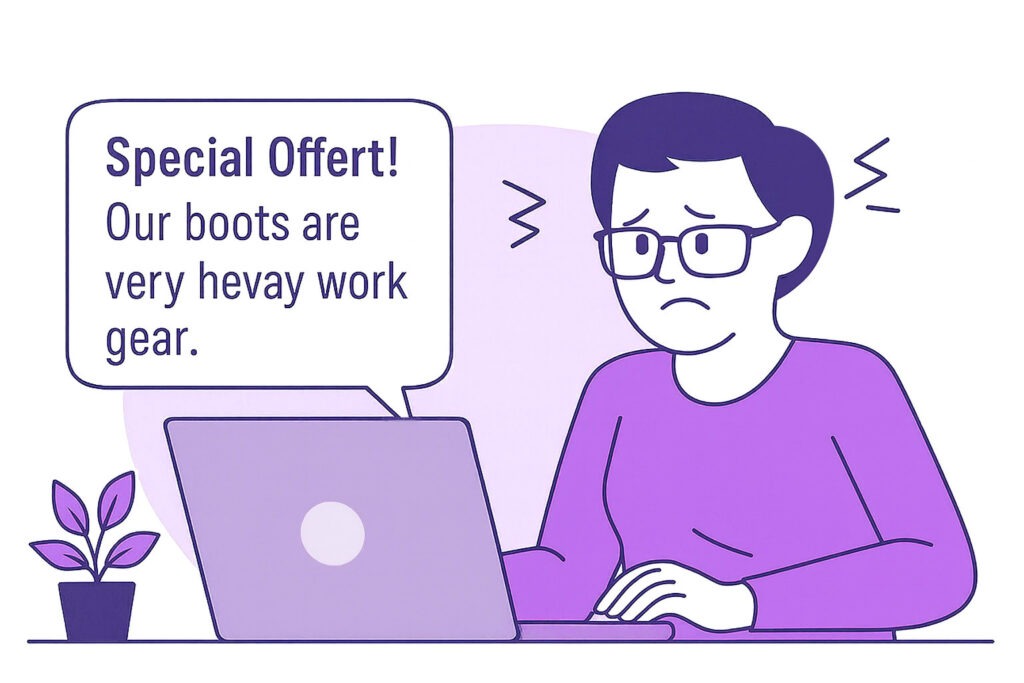
2. Grammar & Syntax Slip-Ups:
Even between widely used language pairs (English ↔ Chinese), automatic translations can produce clunky, awkward, or unintentionally funny phrasing. With less common pairs (Chinese ↔ Dutch), the results can be worse.
- Example 1: From Polite to Pushy
Original (Chinese): 請勿打擾 (Please do not disturb.)
Automatic English: Don’t bother me.
A polite notice turns into something oddly aggressive. - Example 2: Safety Sign Comedy
Original (Chinese): 小心台阶 (Watch your step.)
Automatic English: Be careful of stairs.
A harmless sign becomes a clunky and slightly comical instruction.
These tools may get the words right but miss tone, sentence structure, and readability, leaving users unimpressed.
3. Cultural Missteps
Automatic translation tools often fail to capture cultural context, leading to embarrassing or even offensive mistakes.
- Example 1: Hotel Greeting
Original (Hotel greeting): 熱烈歡迎各位貴賓光臨 (Warmly welcome our honored guests.)
Automatic translation: Hotly welcome distinguished parasites.
* The word “貴賓” (honored guests) was literally broken down into “expensive” + “visitors,” resulting in “distinguished parasites.” Instead of feeling valued, guests would feel insulted. Example 2: Travel Agency Slogan
Original (English): “Discover yourself abroad.”
Automatic Chinese translation: “在國外發現你自己” (Find yourself lost abroad.)
* Instead of evoking self‑discovery, the translation implies being literally lost in a foreign country — not the message a travel agency wants.
Such mistranslations don’t just confuse your audience; they can make your brand look careless or culturally insensitive.
4. Lost Tone & Brand Voice
A brand voice is how a business “speaks” to customers friendly, professional, playful, or authoritative. Automatic translation tools can’t pick up on that nuance. They often translate word-for-word, often stripping away personality and emotional intent.
Example 1: Customer Support Tone
Original: 請稍候,我們的客服人員將盡快為您服務。
(Please hold, our customer service team will assist you shortly.)
Automatic: Please wait, our service staff will serve you as soon as possible.
* Technically correct, but cold and transactional.Example 2: Emotional Branding
Original: 給你一個家的溫暖。 (Giving you the warmth of a home.)
Automatic: Give you a home’s warmth.
It loses its flow and emotional pull.
* A humanized version: “Bringing you the warmth and comfort of home.”
When tone disappears, so does your connection with customers.
The Bottom Line of my client
After I walked my client through all these points, she simply replied:
“Don’t worry. The automatic translation feature will handle it!”
And she went ahead with it anyway.
Final Thoughts
Here’s the reality: relying on machines to communicate clearly, warmly, and humanly is not a magic fix. It can:
- Confuse your audience
- Damage your credibility
- Make you look unprofessional
- Reduce trust in your brand
If you truly want to connect with audiences across languages and cultures, investing in professional or hybrid translation is not a luxury but a necessity for protecting your brand and building lasting trust.
